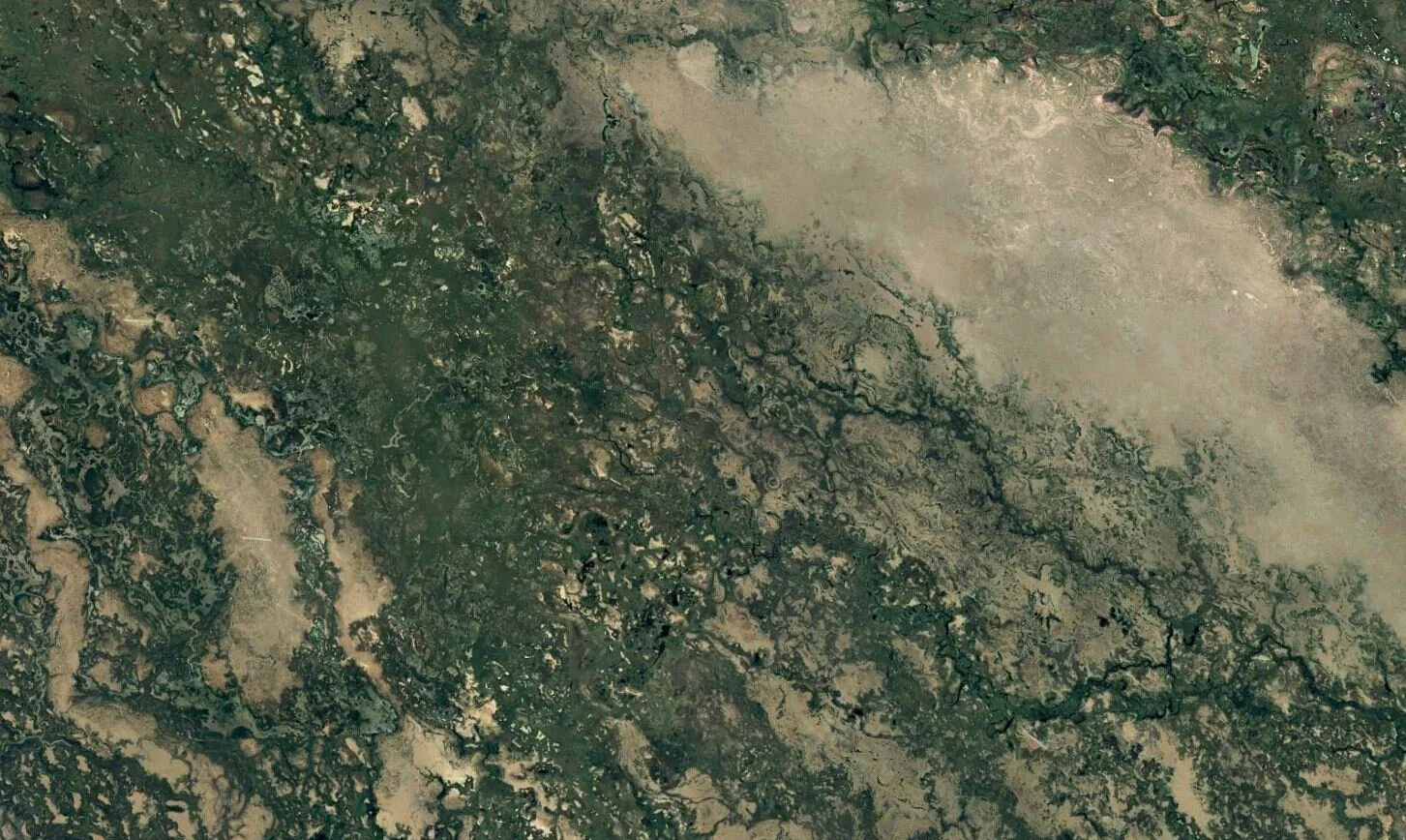The Group of Earth Observation (GEO) and Google recently announced a new collaboration with Conservation International to use Trends.Earth, a desktop based monitoring platform, to support Land Degradation Neutrality (LDN) and make it accessible to non-technical experts. The project is one of 32 projects funded to improve the planet with open earth data.
This project builds on CI's work to catalyze sequestration of 1 gigaton CO2 annually by identifying 10 million km2 of priority degraded lands [an area the size of the United States] and mobilizing $1 billion in international investment to restore lands with the use of tools such as Trends.Earth. The improvements to the tool will give non-technical users access to complicated workflows and datasets to assess and monitor land degradation, as well as other SDG indicators. Improving the access of technical workflows for monitoring and evaluation is essential to increase the number of restoration projects around the world and advance the uptake of natural climate solutions.
The open access and cloud computing powers of the tool gives developing countries, NGOs and resource deficient communities an equitable opportunity to evaluate their land management practices as well as the opportunity to improve their livelihoods with this low cost technology. This directly aligns with Conservation International's priority of making innovative science accessible and equitable throughout the world.
Over the next two years CI, Google Earth Engine, NASA, Commonwealth Scientific and Industrial Research Organization (CSIRO) the European Space Agency (ESA) and the UN Convention to Combat Desertification (UNCCD) will collaborate to develop a browser-based tool that supports priority setting and monitoring on SDG 15.3.1 (Proportion of land that is degraded over total land area). Preliminary versions of this tool are already being developed by the team and piloted for the identification of CI's restoration priorities in Brazil, New Caledonia, Fiji and the Philippines.

